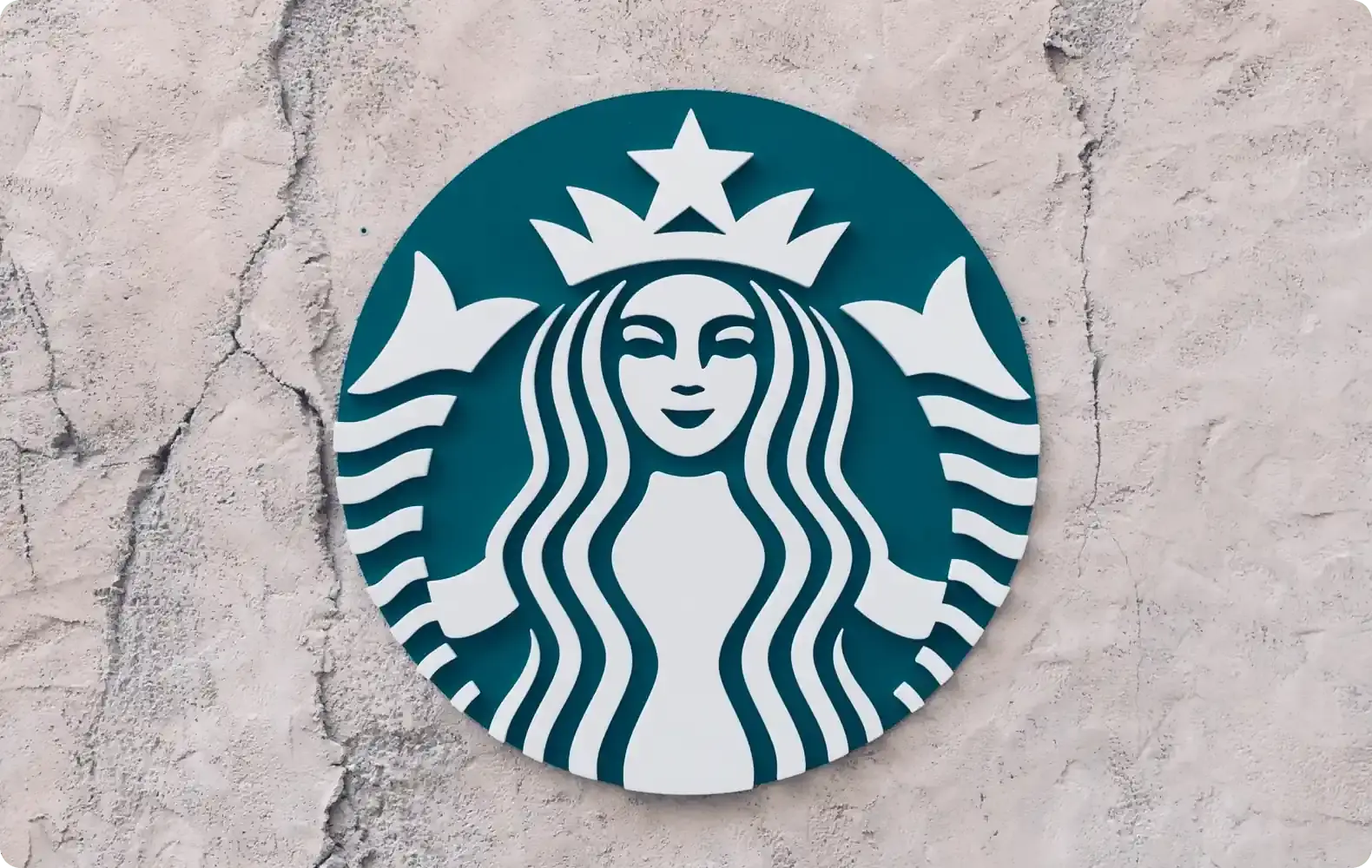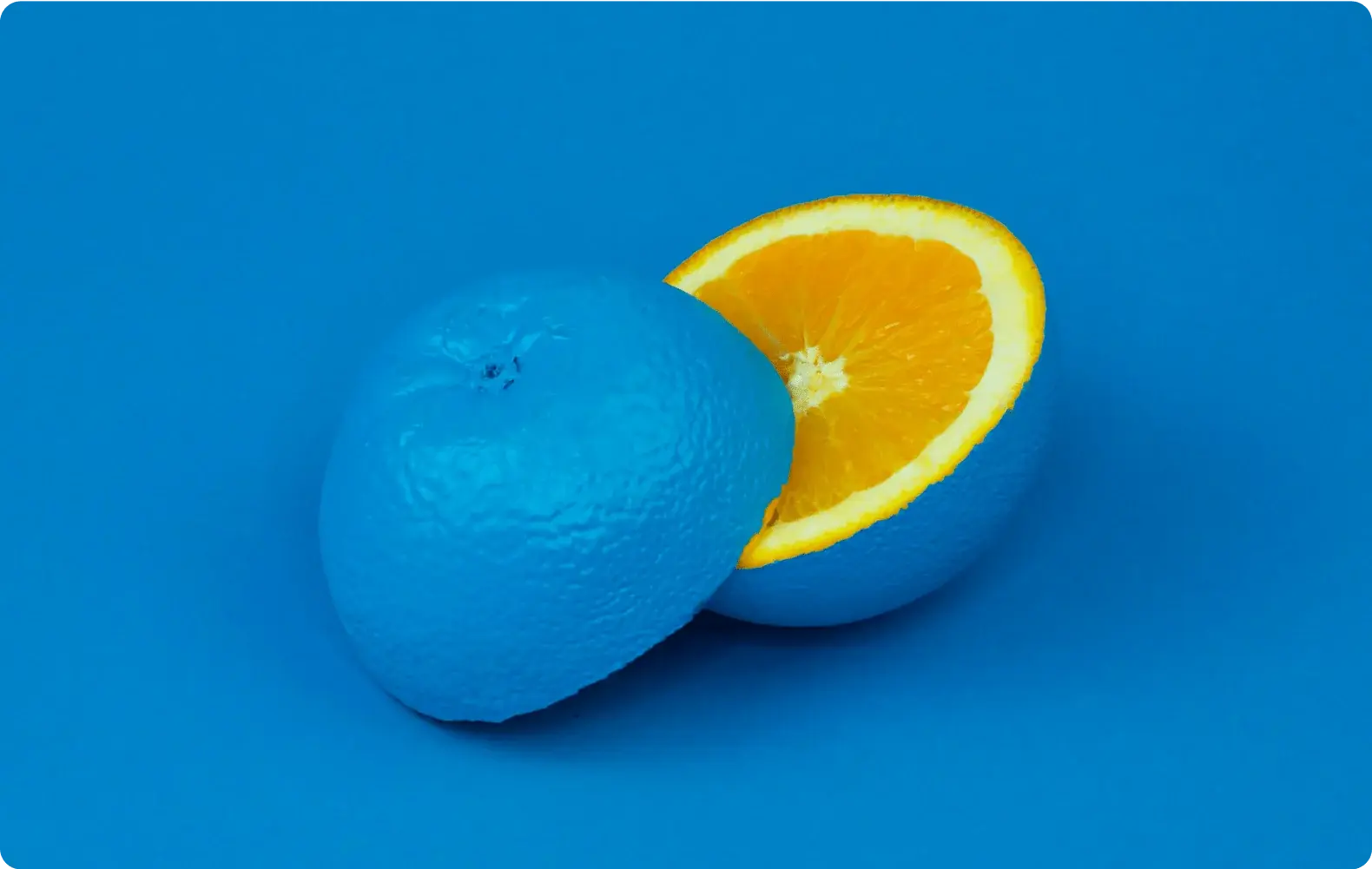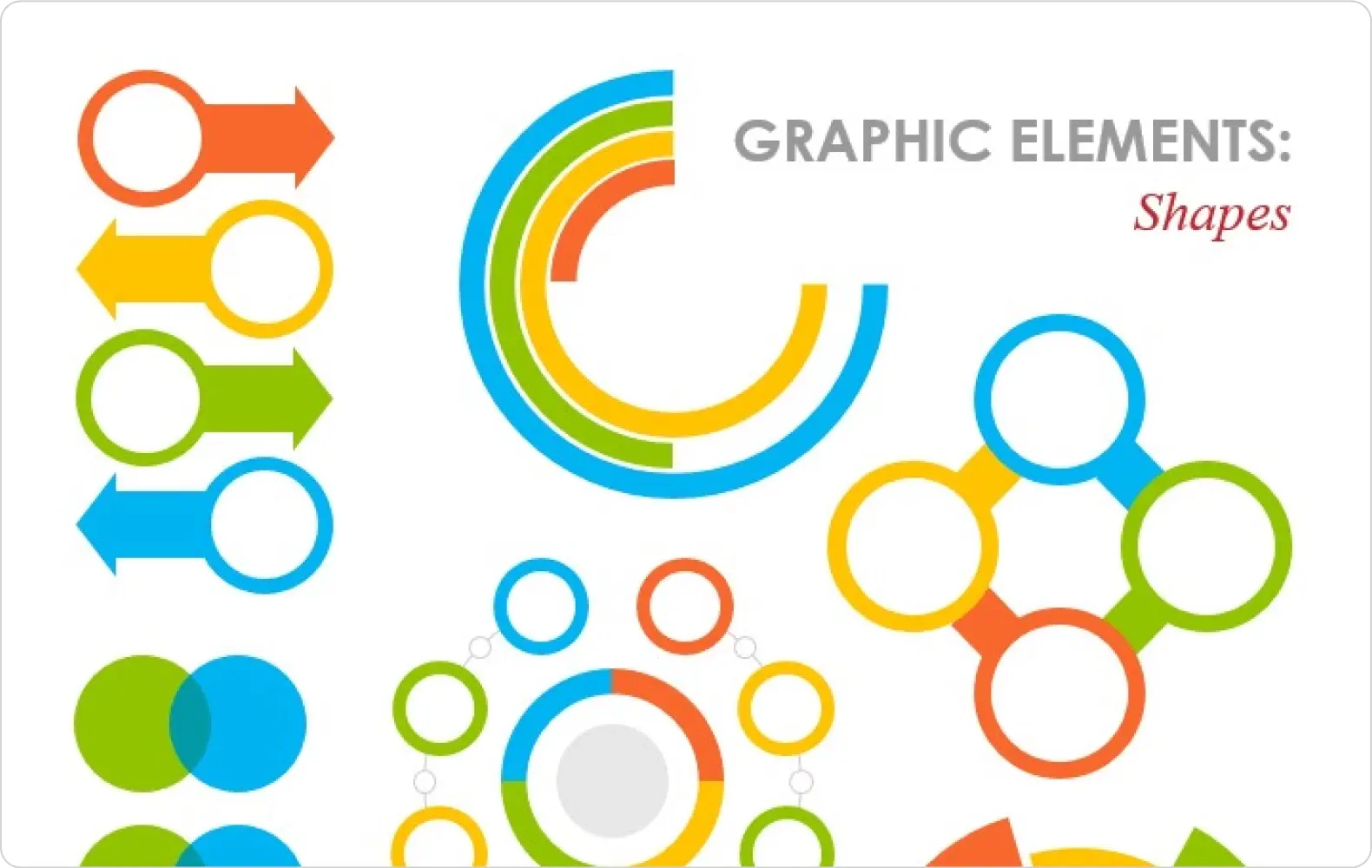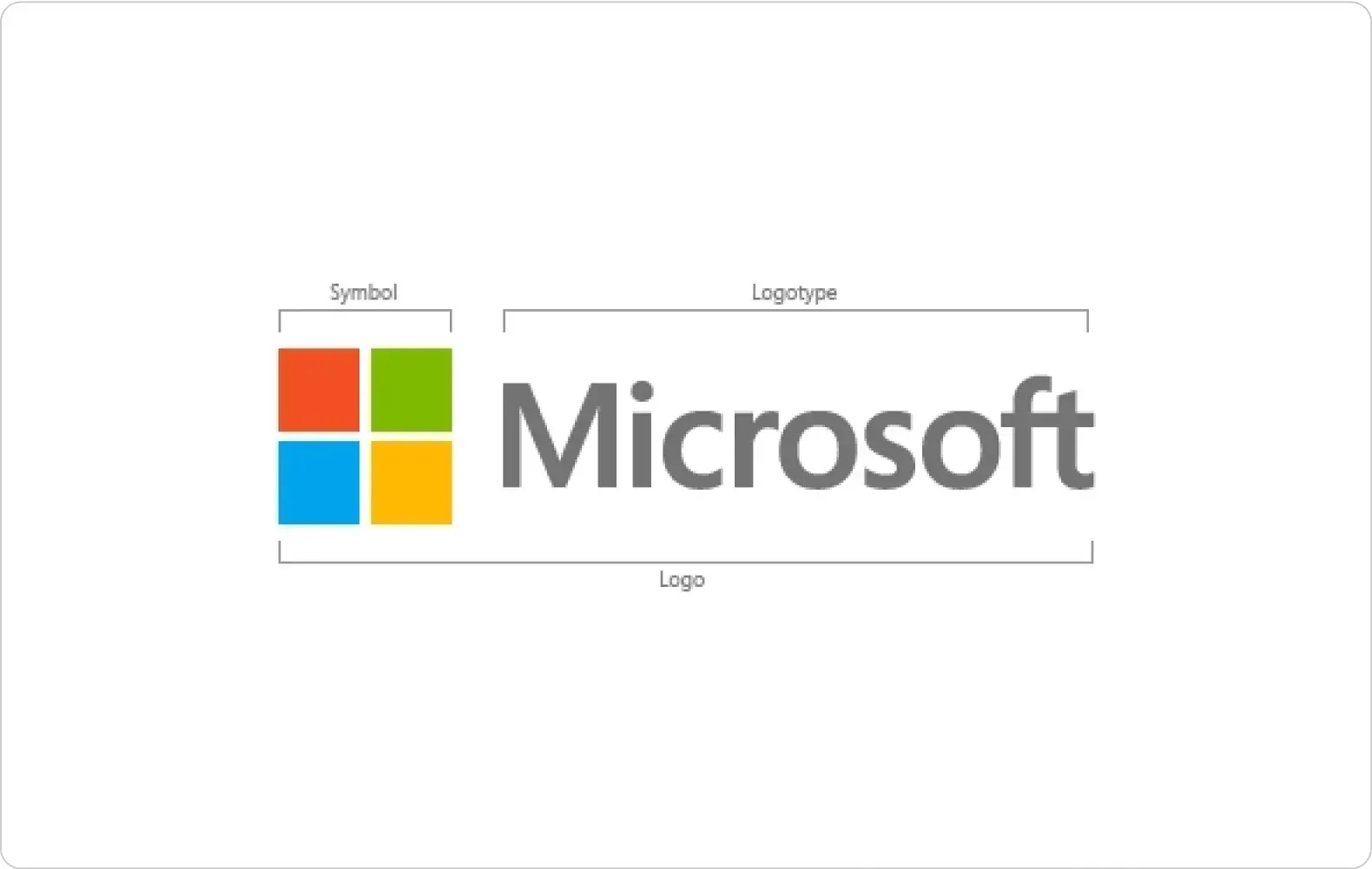Chances are, as someone building a brand, creating a logo is on your to-do list. The task of designing a logo might seem daunting, but it is a powerful symbol and an essential ingredient to your brand's storytelling. I've put together a combination of guides, tips, and ideas to get you started on creating an effective logo.
What are logos and why should you care?
A logo is a visual symbol representing your brand. It's not your entire brand, but it is an important piece. Your brand is made up of other various elements that create a whole visual and messaging system. However, the logo can often be the first visual interaction someone has with your brand. Just like a first impression, a logo isn't everything, but it is important.

What makes a good logo, well, good?
When you think of logos, some big brands may come to mind: Apple, Nike, Airbnb, etc. However, these brands are known for more than just their logo. Their products, collaborations, and ads are amongst their brand statements that make an impact, but in a sea full of logos, you can likely identify these.
So, what makes them stand out? They're memorable, simple, and timeless. They can vary in complexity, meaning and execution, but they follow these simple principles. Here's how you can do the same.

1. Start with your brand
Consider the elements that make up your brand: your vision, values, and goals. This may feel overwhelming and that's OK. At this stage of the process, you don't need to have every element figured out, but begin jotting down your thoughts. Here are some prompts to get you started:
- What are three adjectives that describe your brand or business?
- What are three adjectives you'd like your audience to use when describing your brand or business?
- How would you describe your vision to a friend?
- What makes you different from your competitors?

2. Get to work
Begin building the groundwork with your answers to the prompts in mind. Remember, you are not committing to anything at this stage. Staying curious, open-minded, and having a willingness to learn will get you far.
Need some inspiration? Run your idea through Microsoft Designer to generate customizable images in seconds. Alternatively, browse through our Forms templates and social media templates for ready-made logo ideas.
Start research
| Comparative analysis | Look at existing logos that you find appealing. Jot down elements that inspire you and ways you can integrate them. Logoed is a great logo repository blog to get you started. |
| Competitive analysis | Research your competition, what statements they make with their logos and how you will make yours. |
| Persona building | Find out more about your audience and build profiles to understand the best way to appeal to them. Here's a great resource to guide you through this process, as well as examples of other brands' persona templates. |
| Inspiration | Gather visual pieces that resonate with your brand's mood and tone to create a mood board. Check out Pinterest as a tool for browsing and collecting these visual elements. |
| Assessment | Understand the parameters you're working within by assessing your budget, skill level, access to tools, and timeline. |
Start designing
Get your creative juices flowing with a good old-fashioned pen and notebook and start sketching down ideas. When you're ready to move into a digital space, here are the design elements to keep in mind:
| Style | Decide what style best represents your brand. This will help you make decisions around the rest of the design elements. To discover various design aesthetics, check out 99designs' guide to design styles. |
| Shape | Refine your sketch by understanding what shapes it is made of. Is it made of geometric shapes, or does it lean more organic? Or does it break the rules and appear abstract? Shapes can be the full composition of the logo or make up the details of it. For inspiration about shapes, download this PowerPoint deck from Microsoft Create. The shapes are specifically designed for infographics, but you might find something there that sparks your imagination. |

| Color | Build a color palette of no more than three colors to start. Consider how these will appear on a dark background and a light background. What story do these colors contribute to? They should feel like they're adding to the overall style you have selected. I recommend starting with the Coolors color palette generator tool to find colors that work well together, as well as this color theory article from Creatopy to understand the psychology behind it and how it applies to logo design. |
| Font | Typography, like color, will amplify your logo. Browse fonts that compliment your style. Make note of the different elements of typography and whether they add to the story of your logo. |
| Positioning and layout | Understand the parameters you're working within by assessing your budget, skill level, access to tools, and timeline. Play around with the positioning of your design elements. It's best practice to have a variety of the same logo in different positioning: vertical, horizontal, and square to fit different spaces. Take note of your hierarchy: is it clear what the eye should be drawn to first and what is secondary? Learn more about the different types of logo executions in this article from 99designs on 7 types of logos (and how to use them). |

3. Finalize and test
Your logo has the potential to appear in a variety of spaces and mediums. These include your website, swag items, business cards, social media platforms, etc. How does your logo show up? Is it legible? Is it scalable? Does it represent your brand? Be critical in this stage.
Go back to step one and ask yourself those four prompts again to see if the logo represents all that your brand wants to say.
Phew, that was a lot!
I know this might feel overwhelming, I've experienced this process multiple times before. But it is so rewarding to have a beautiful logo that truly represents your brand, speaks to your audience, and makes a powerful statement. So don't rush and take it slow. You got this!
Further reading
If you're interested in design and/or entrepreneurship, you'll love these other articles from our creative pros:




